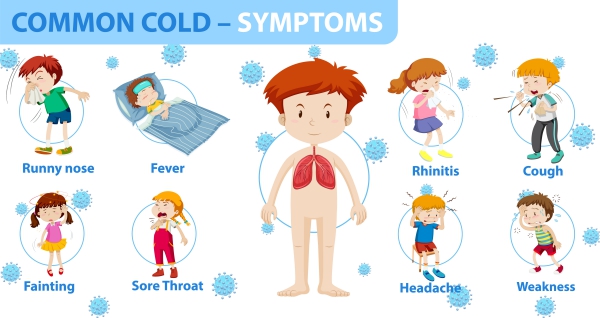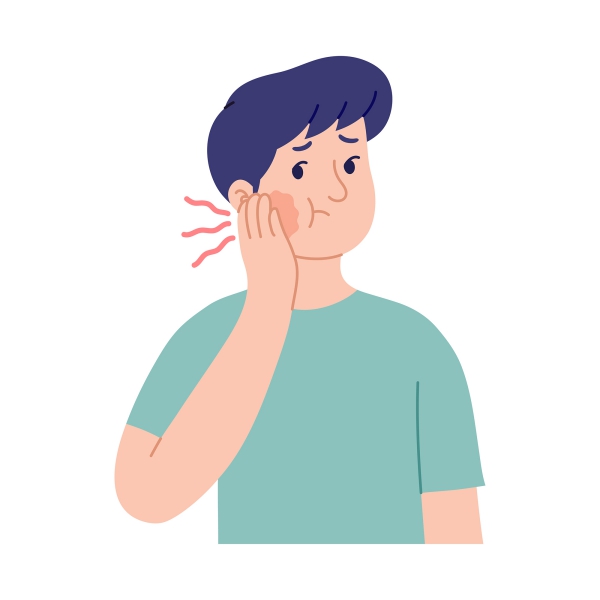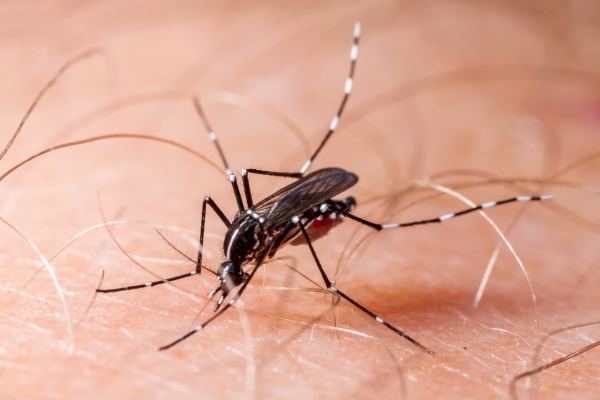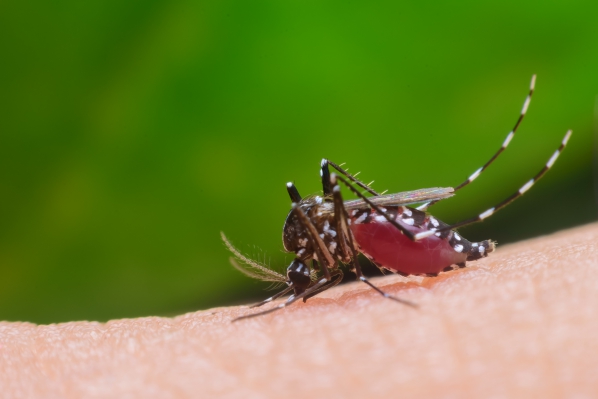What is common cold?
The common cold is a viral infection of your upper respiratory tract which comprises mainly of your nose and throat. It can be caused by a large number of viruses. However, the most common viruses causing the common cold are the rhinoviruses. In addition, there are more than 100 strains or types of rhinovirus. The signs and symptoms of the common cold include sore throat, cough, runny nose and headache amongst others. Complete recovery is usually achieved within 7 days for adults and adolescents and within 10-14 days for children. Furthermore, it is more likely to go away on its own.
In the United States, common colds most commonly occurs from September to April. Preschool and elementary aged children are at highest risk of suffering from common colds. It account for around 22 million missed days of school and 20 million absences from work.
What are the causes and risk factors for the common cold?
There are a large number of viruses which may cause a common cold but rhinoviruses are most commonly the cause. The virus enters your body through your nose, eyes and mouth. It spreads through droplets of air after someone talks, coughs or sneezes. In addition, it can also be transmitted via fomites- by touching contaminated tool, utensils or even door handles. After getting the virus on your hand, if you touch your nose, eyes or mouth, the virus enters your body. There are some factors which may increase your risk of developing the common cold and these include:

- Age: Children under the age of 6 years are more at risk of developing the common cold, especially if they are in a child-care centre.
- Season: Common colds can occur at any time of the year but id most common during winter and fall.
- A weakened immune system: Having a weakened immune system increases your risk of getting a common cold as your body cannot fight against the infection.
- Exposure: Staying in close proximity of people suffering from a common cold or being in closed spaces such as on an airplane, bus or at school increases your risk of developing a common cold.
- Cigarette smoking: If you smoke cigarettes or are exposed to cigarette smoke, you are at increased risk of developing a more severe cold.
What are the signs and symptoms of a common cold?
The signs and symptoms of a common cold include:
- Sore throat
- Runny nose
- Cough
- Low-grade fever
- Sneezing
- Malaise
- Hoarseness of voice
- Headache
- Loss of sense smell and taste
There are other infections which may result in signs and symptoms similar to common cold and these include:
- Acute sinusitis
- Adenovirus
- Bronchitis
- Influenza
- Coxsackieviruses
- Group A Streptococcal (GAS) infections
- Epstein-Barr Virus (EBV) Infectious mononucleosis
- Pneumonia
- Upper respiratory infections
- Respiratory Syncytial Virus infection
- Pertussis
- Respiratory Distress Syndrome


Making a diagnosis
To make a diagnosis, your doctor will first take a detailed history from you to know more about your symptoms. After the history taking, your doctor will perform a thorough physical examination to look for signs of common cold. Laboratory tests are rarely used as only history taking and a physical examination is very often enough to make the diagnosis. If there are signs of bacterial infection of the throat, then a throat culture may be order by taking a sample from the throat. Plain radiography of the test is only done in cases where infection of the lung (pneumonia) is suspected.
What are the treatments of common cold?
There are some measures which can be taken to relieve your symptoms and prevent the spread of the disease, these include:
- Washing your hands frequently.
- Getting adequate rest.
- Drinking plenty of fluids.
- Avoiding cigarette smoking.
- Vitamin C can be taken either by eating fruits or taking tablets to boost your immune system.

Pharmacologic therapy of common cold include:
- Analgesics and antipyretics: An example include acetaminophen which reduces muscle pain or sore throat and to reduce the fever.
- Antihistamines: These drugs may be used to relieve the runny nose and examples include diphenhydramine or chlorpheniramine
- Antibiotics: If there is bacterial infection on top of the viral infection, then antibiotics may be used to clear the bacterial infection.
- Zinc therapy: Zinc therapy may be used to decrease the duration of the illness.
- Anticholinergics: These medications help to relieve the runny nose when applied locally via a nasal spray and an example include ipratropium.
- Non-steroidal anti-inflammatory drugs (NSAIDs): NSAIDs may be used to relieve fever, discomfort and pain. An example include ibuprofen.
- Cough syrup: These medications may be used to relieve or stop your coughing. Examples include dextromethorphan and codeine.

What are the complications of common cold?
If common cold is left untreated, the following complications may ensue:
- Ear infection: Otitis media is infection of the space behind your eardrum. Signs and symptoms include earaches, fever and sometimes a yellow or green discharge from the ear.
- Sinusitis: Common cold which does not resolve may lead to infection and inflammation of the sinuses (sinusitis).
- Asthma: A common cold may trigger an asthma attack.
- Infection of a bacteria on top of the viral infection.

Expectations (prognosis)
The prognosis of common cold caused by a rhinovirus is excellent. Complete recovery is expected within 7 days for adults and 10-14 days for children. In some cases, a child’s cough may persist for 2-3 weeks.
Source:
J. Alastair, I. and Simon, M., 2016. Davidson's Essentials of Medicine. 2nd ed. London: ELSEVIER.
Parveen, K. and Michael, C., 2017. Kumar & Clarks Clinical Medicine. 9th ed. The Netherlands: ELSEVIER.
Buensalido, J., 2019. Rhinovirus (RV) Infection (Common Cold): Practice Essentials, Background, Pathophysiology.









